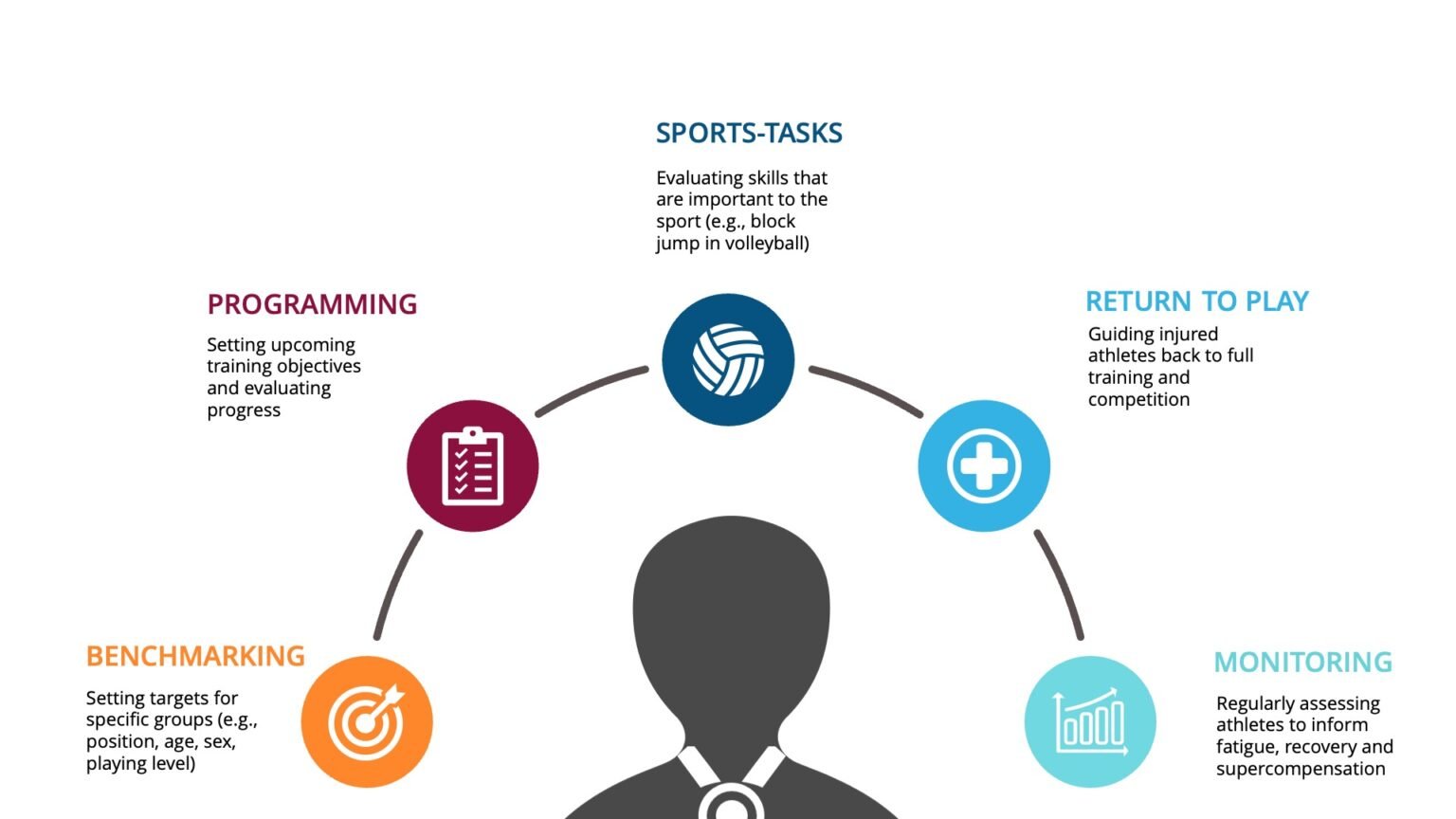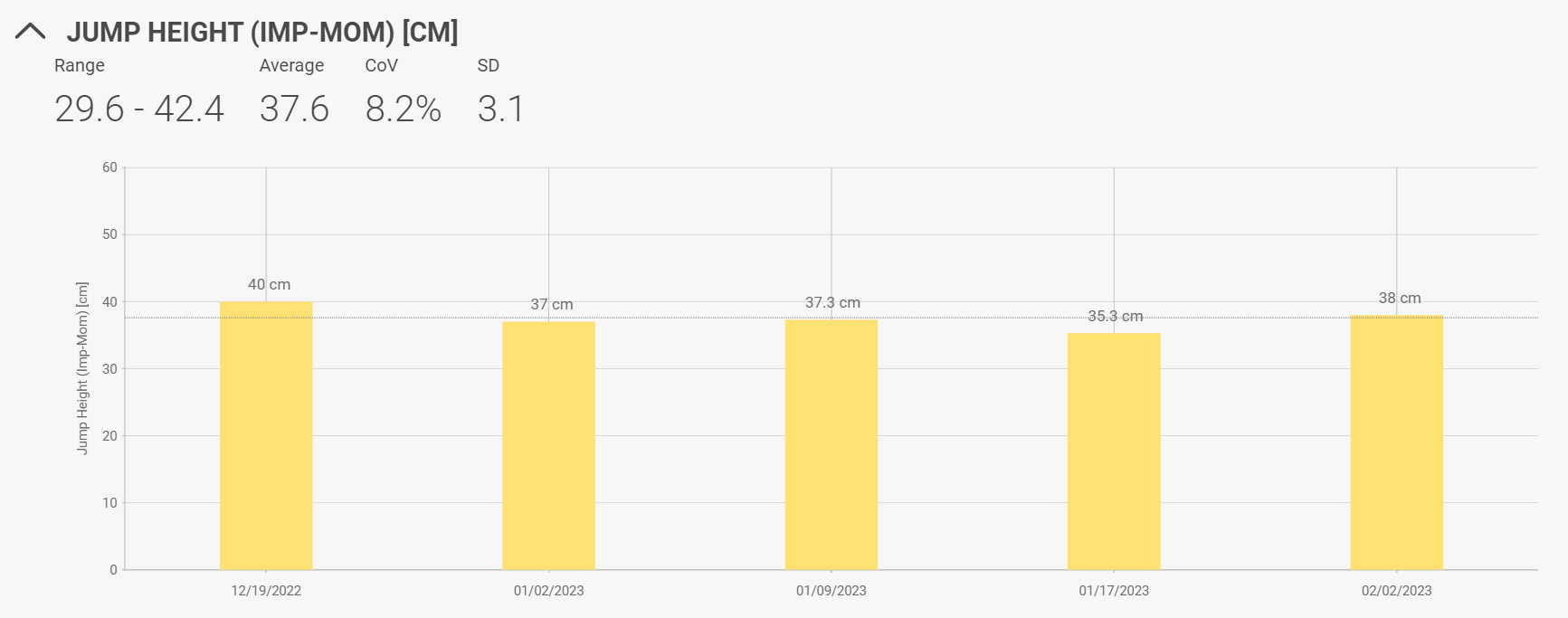Improving Performance with Force Plate Testing
James Chung
Back to Blog
March 1, 2023
.png?width=1862&height=1070&name=Screenshot-2021-09-07-at-15.15.21%20(1).png) Data is an invaluable tool for improving athletic performance. When measured and collected accurately, data from movement assessments dictate how Physical Therapists and Coaches adjust training programs, modify movement techniques, and implement specific strategies to maximize athletic performance in their patients and athletes.
Data is an invaluable tool for improving athletic performance. When measured and collected accurately, data from movement assessments dictate how Physical Therapists and Coaches adjust training programs, modify movement techniques, and implement specific strategies to maximize athletic performance in their patients and athletes.As our previous blog on objective testing outlined, we've expanded our testing abilities at MOTIVNY. One addition to the space that has drastically impacted how we help clients maximize performance is the VALD ForceDecks, a piece of equipment known as Force Plates.
What are Force Plates?
The VALD ForceDecks are Force Plates that measure strength and power during dynamic movement. Using a grid of sensors embedded on two surfaces, Force Plates collect real-time data on what loads and forces are applied to the human body during athletic movement.
Despite their high utility, Force Plates have been exclusively used for research due to their high cost and limited application with the general population. Still, new advancements have made this technology more accessible for regular use.
How can Force Plates Improve Athletic Performance?
At MOTIVNY, our Physical Therapists and Coaches use the VALD Force Decks to collect data on explosive power, strength, and symmetry. Testing takes less than a minute to perform, provides rapid feedback, and produces reliable, objective data that dictates rehab and performance programming. To ensure clients reach their highest potential, we use our Force Decks to collect baseline performance measures, track progress over time, and monitor for fatigue from training.

Fig. 1: Common practical applications of athlete-centered force plate testing in sport via Sportsmith
Measuring Baselines and Tracking Progress
Establishing initial baseline physical performance measures is critical before commencing any rehabilitation or performance training program. By recording key metrics such as maximum jump height, speed, and symmetry at the start of training, our Physical Therapists and Coaches have reference points against which to compare future measurements.

Fig. 2: Sample data from a client showing improved landing mechanics following their return-to-sport program post ACL surgery
In the example of a patient returning to playing sports after an ACL injury (Fig. 2), baseline measures of their maximum vertical jump height and symmetry during their landing were collected to assess how much compensation was present on their injured side. These data points were collected before starting a "return-to-sport" rehabilitation program and re-assessed after several weeks to compare post-training measurements against the initial baseline values.
The results indicate a positive adaptation to the program and improved landing mechanics between limbs. This data was communicated with the patient's surgeon, so they were up to date with their progress and on track to recovery.
Seeing improvements in the metrics over time shows that a program is working, while a lack of change or declining performance may indicate the need to modify the training approach. In this way, establishing baseline measures and periodically re-testing performance provides an objective framework to evaluate the effectiveness of our programming and make necessary modifications to produce the desired results continually.
Seeing improvements in the metrics over time shows that a program is working, while a lack of change or declining performance may indicate the need to modify the training approach. In this way, establishing baseline measures and periodically re-testing performance provides an objective framework to evaluate the effectiveness of our programming and make necessary modifications to produce the desired results continually.
Monitoring Fatigue
 Fig. 3: Sample data from a runner training for a race and managing IT Band pain throughout their training cycle. The jump height reduction correlated with their weekly mileage increase, which was adjusted and used to return their performance close to baseline values.
Fig. 3: Sample data from a runner training for a race and managing IT Band pain throughout their training cycle. The jump height reduction correlated with their weekly mileage increase, which was adjusted and used to return their performance close to baseline values.For clients participating in rigorous training cycles ahead of athletic competition, we always caution against training too hard and too fast. This is especially an issue for athletes such as runners who often ramp up training with no reference for how their body responds, only to deal with pain or injury when they least expect it.

Monitoring for fatigue and negative trends in performance allows Physical Therapists to get ahead of injuries and communicate any abnormal findings with our network of medical doctors. At MOTIVNY, we ensure our clients get the support they need before they're sidelined from doing what they love.
Why Should I Get Tested?
What gets measured gets managed.
Book an appointment with a Physical Therapist and ask how our VALD ForceDecks can help you maximize your performance in training or competition.
Book an appointment with a Physical Therapist and ask how our VALD ForceDecks can help you maximize your performance in training or competition.

